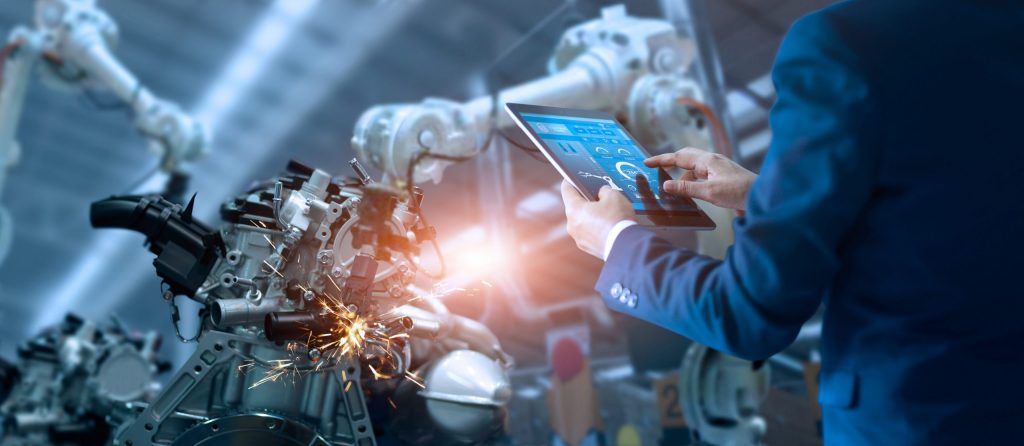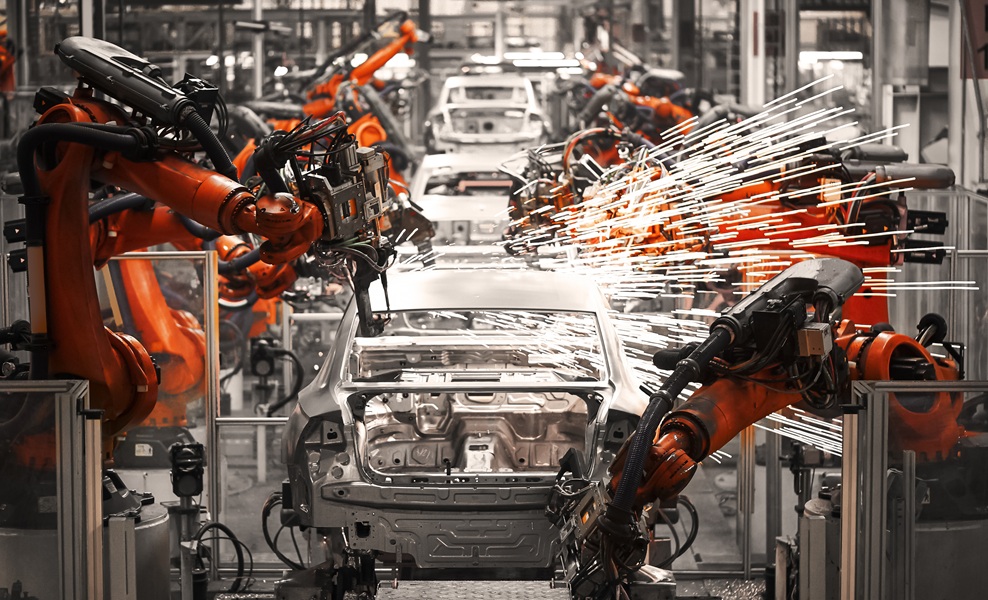Installing electrical wiring on an aircraft is a complex task that leaves zero room for error. That’s why Boeing is testing augmented reality as a possible solution to give technicians real-time, hands-free, interactive 3D wiring diagrams – right before their eyes.
“A person working in an industrial setting has a lot of distractions in that environment and a lot of data to think about and process,” Brian Laughlin, IT tech fellow, says. “Traditionally technicians had to look at and interpret a two-dimensional twenty-foot-long drawing and construct that image in their mind and attempt to wire based on this mental model. By using augmented reality technology, technicians can easily see where the electrical wiring goes in the aircraft fuselage. They can roam around the airplane and see the wiring renderings in full depth within their surroundings and access instructions hands-free.”
Paul Davies, Boeing research and technology associate technical fellow, is working closely with the programme and Boeing IT to develop and test augmented reality technology on the tanker. “Our theory studies have shown a 90 per cent improvement in first-time quality when compared to using two-dimensional information on the airplane, along with a 30 per cent reduction in time spent doing a job.”
Bruce Dickinson, vice president and general manager of the 767/747 Programme added that the cross-functional team working on this technology has made a step-change break-through in quality and productivity by following their passion to pursue a great idea. “We don’t often see 40 per cent improvements in productivity, and I’m convinced that it was a culture of innovation and leaders who are willing to say ‘yes’ that enabled this idea to come to life,” he adds.






